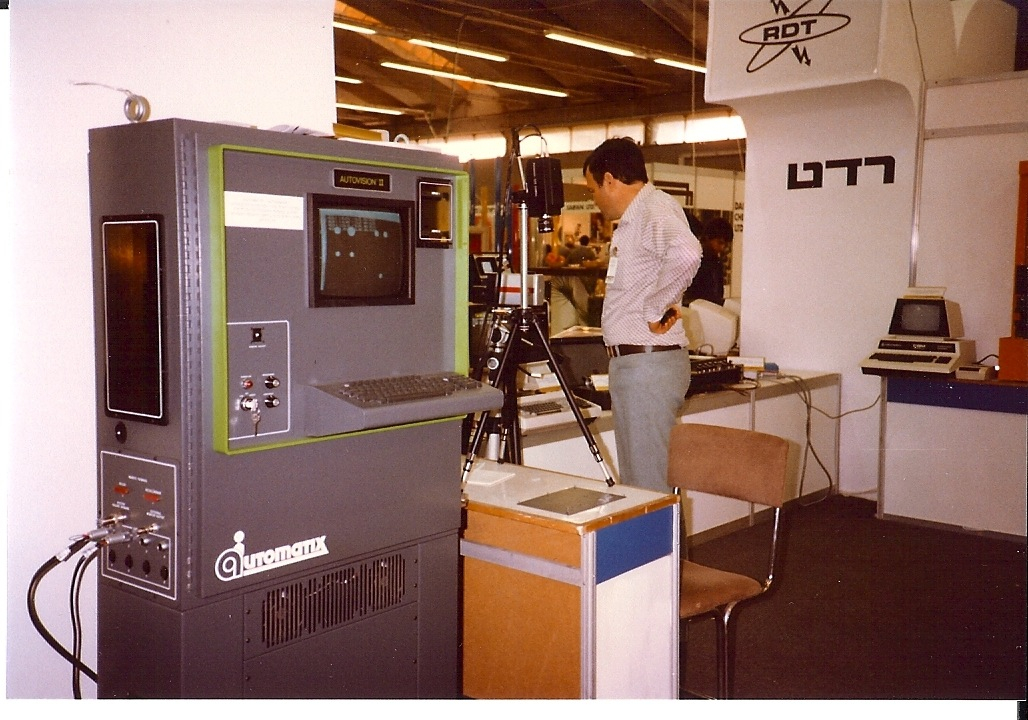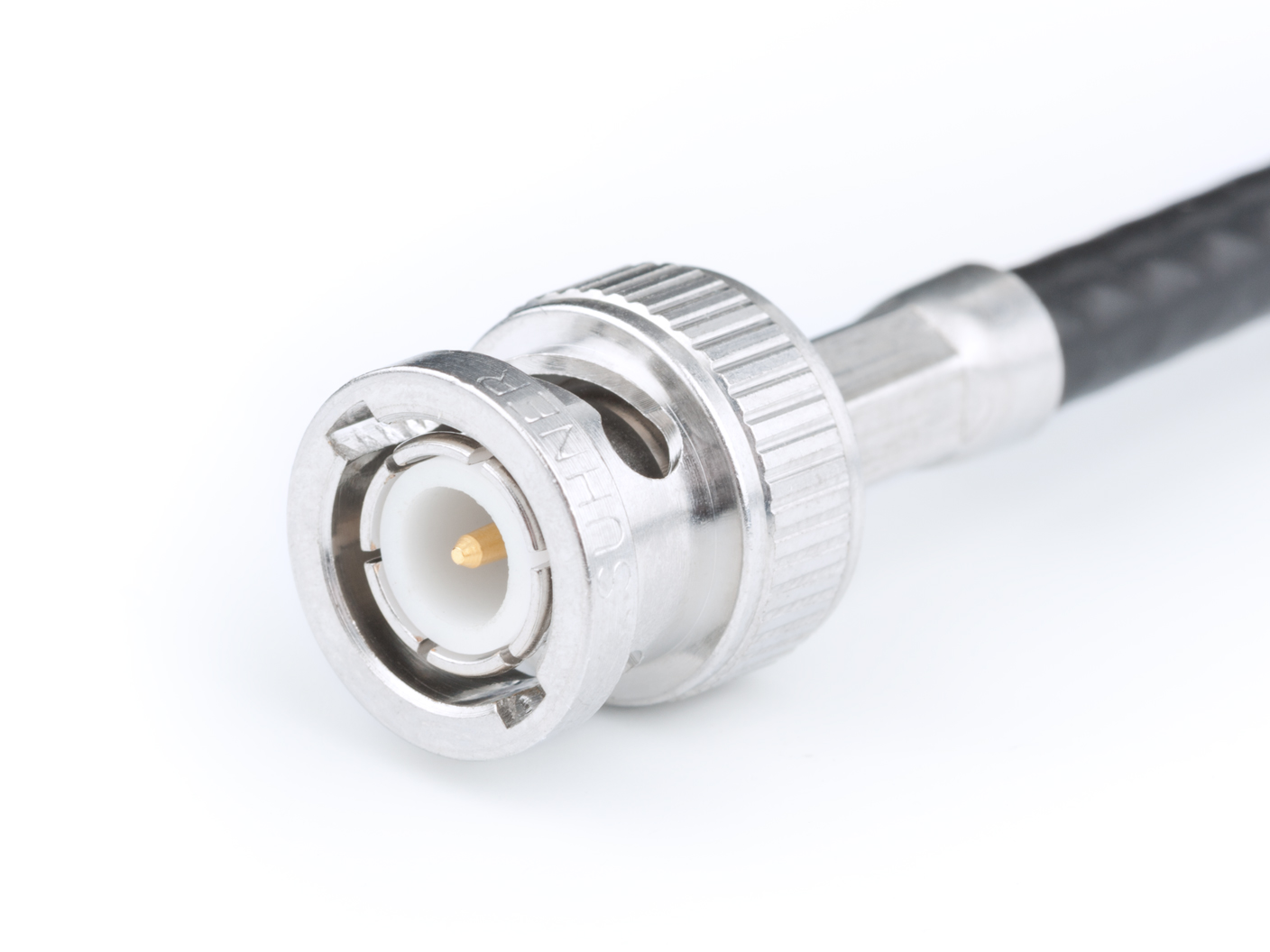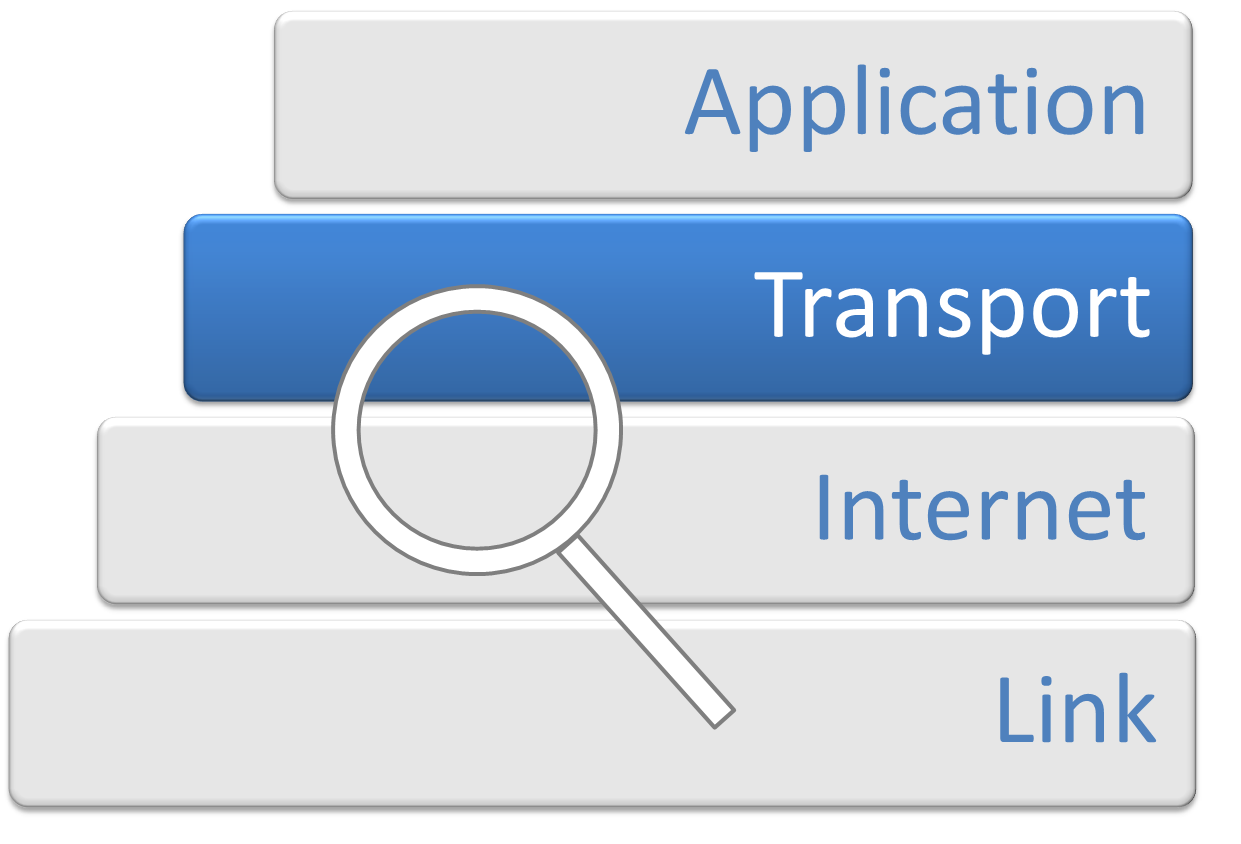|
CoaXPress
CoaXPress (CXP) is a digital interface standard developed for high-speed image data transmission in machine vision applications. The name is a portmanteau of 'express' and 'coaxial' to emphasize CoaXPress is faster than other standards (e.g. Camera Link or GigE Vision) and uses 75 ohm coaxial cables as the physical transmission medium. CoaXPress is mostly used in digital imaging applications but it is also suitable for high-speed transmission of universal digital data. A 'device' that generates and transmits data (e.g. an industrial digital camera) is connected with one or more coaxial cables to a 'host' that receives the data (e.g. a frame grabber expansion card, board in a computer). The CoaXPress standard 1.0 and 1.1 supports bit rates up to 6.25 gigabit, Gbit/s per coaxial cable and the new 2.0 standard supports bit rates up to 12.5 gigabit, Gbit/s per coaxial cable from the 'device' to the 'host'. The number of cables is not limited by the standard. Some recent CoaXPress came ... [...More Info...] [...Related Items...] OR: [Wikipedia] [Google] [Baidu] |
Machine Vision
Machine vision is the technology and methods used to provide image, imaging-based automation, automatic inspection and analysis for such applications as automatic inspection, process control, and robot guidance, usually in industry. Machine vision refers to many technologies, software and hardware products, integrated systems, actions, methods and expertise. Machine vision as a systems engineering discipline can be considered distinct from computer vision, a form of computer science. It attempts to integrate existing technologies in new ways and apply them to solve real world problems. The term is the prevalent one for these functions in industrial automation environments but is also used for these functions in other environment vehicle guidance. The overall machine vision process includes planning the details of the requirements and project, and then creating a solution. During run-time, the process starts with imaging, followed by automated image analysis, analysis of the image a ... [...More Info...] [...Related Items...] OR: [Wikipedia] [Google] [Baidu] |
Automated Imaging Association
Automated Imaging Association (AIA) is the world's largest machine vision trade group. AIA has more than 350 members from 32 countries, including system integrators, camera, lighting and other vision components manufacturers, vision software providers, OEMs and distributors. The association's headquarters is located in Ann Arbor, Michigan. Now part of the A3; the Association for Advancing Automation AIA joins RIA; Robotic Industries Association, MCMA, Motion Control & Motor Association and A3 Mexico to form one of the largest collaborative trade association. All organizations offer industry training, news and member benefits. Standards The Camera Link, Camera Link HS, GigE Vision, USB3 Vision and CoaXPress communication protocols are maintained and administered by the Automated Imaging Association (AIA). Camera Link, Camera Link HS, GigE Vision, USB3 Vision, CoaXPress are all available for public download on their Vision Online website. Manufacturers of vision products us ... [...More Info...] [...Related Items...] OR: [Wikipedia] [Google] [Baidu] |
GenICam
GenICam (abbreviated for Generic Interface for Cameras) is a generic programming interface for machine vision (industrial) cameras. The goal of the standard is to decouple industrial camera interfaces technology (such as GigE Vision, USB3 Vision, CoaXPress or Camera Link) from the user application programming interface (API). GenICam is administered by the European Machine Vision Association ( EMVA). The work on the standard began in 2003 and the first module in GenICam, i.e., GenApi, was ratified in 2006 whereas the final module, i.e., GenTL was ratified in 2008. Many companies in the machine vision industry have contributed to the standard. The main companies involved in drafting the GenICam standards are: *Adimec *Allied Vision Technologies *Balluff (formerly known as MATRIX VISION GmbH which Balluff acquired in 2017) *Basler AG *Baumer * DALSA * e2v semiconductors * Teledyne FLIR (formerly known as Point Grey Research Inc. which FLIR Systems Inc. acquired in 2016) *JAI A/S *L ... [...More Info...] [...Related Items...] OR: [Wikipedia] [Google] [Baidu] |
Frame Grabber
A frame grabber is an electronic device that captures (i.e., "grabs") individual, digital still frames from an analog video signal or a digital video stream. It is usually employed as a component of a computer vision system, in which video frames are captured in digital form and then displayed, stored, transmitted, analyzed, or combinations of these. Historically, frame grabber expansion cards were the predominant way to interface cameras to PCs. Other interface methods have emerged since then, with frame grabbers (and in some cases, cameras with built-in frame grabbers) connecting to computers via interfaces such as USB, Ethernet and IEEE 1394 ("FireWire"). Early frame grabbers typically had only enough memory to store a single digitized video frame, whereas many modern frame grabbers can store multiple frames. Modern frame grabbers often are able to perform functions beyond capturing a single video input. For example, some devices capture audio in addition to video, and some d ... [...More Info...] [...Related Items...] OR: [Wikipedia] [Google] [Baidu] |
8b/10b Encoding
In telecommunications, 8b/10b is a line code that maps 8-bit words to 10-bit symbols to achieve DC balance and bounded disparity, and at the same time provide enough state changes to allow reasonable clock recovery. This means that the difference between the counts of ones and zeros in a string of ''at least'' 20 bits is no more than two, and that there are not more than five ones or zeros in a row. This helps to reduce the demand for the lower bandwidth limit of the channel necessary to transfer the signal. An 8b/10b code can be implemented in various ways with focus on different performance parameters. One implementation was designed by K. Odaka for the DAT digital audio recorder. Kees Schouhamer Immink designed an 8b/10b code for the DCC audio recorder. The IBM implementation was described in 1983 by Al Widmer and Peter Franaszek. IBM implementation As the scheme name suggests, eight bits of data are transmitted as a 10-bit entity called a ''symbol'', or ''charac ... [...More Info...] [...Related Items...] OR: [Wikipedia] [Google] [Baidu] |
Camera Link
Camera Link is a serial communication protocol standard''Specifications of the Camera Link Interface Standard for Digital Cameras and Frame Grabbers, Version 1.1'' Automated Imaging Association, Jan 2004 designed for camera interface applications based on the National Semiconductor interface Channel-link. It was designed for the purpose of standardizing scientific and industrial video products including cameras, cables and frame grabbers. The standard is maintained and administered by the Automated Imaging Association or AIA, the global machine vision industry's trade group. Transmission protocol Camera Link uses one to three Channel-link transceiver chips with four links at 7 serial bits each.Short Overview of the Camera Link Technology by camera manufacturer Basler At a minimum, Camera Li ... [...More Info...] [...Related Items...] OR: [Wikipedia] [Google] [Baidu] |
Cyclic Redundancy Check
A cyclic redundancy check (CRC) is an error-detecting code commonly used in digital networks and storage devices to detect accidental changes to digital data. Blocks of data entering these systems get a short ''check value'' attached, based on the remainder of a polynomial division of their contents. On retrieval, the calculation is repeated and, in the event the check values do not match, corrective action can be taken against data corruption. CRCs can be used for error correction (see bitfilters). CRCs are so called because the ''check'' (data verification) value is a ''redundancy'' (it expands the message without adding information) and the algorithm is based on ''cyclic'' codes. CRCs are popular because they are simple to implement in binary hardware, easy to analyze mathematically, and particularly good at detecting common errors caused by noise in transmission channels. Because the check value has a fixed length, the function that generates it is occasionally used as ... [...More Info...] [...Related Items...] OR: [Wikipedia] [Google] [Baidu] |
Microchip Technology
Microchip Technology Incorporated is a publicly listed American semiconductor corporation that manufactures microcontroller, mixed-signal, analog, and Flash-IP integrated circuits. Its corporate headquarters is located in Chandler, Arizona. Its wafer fabs are located in Gresham, Oregon, and Colorado Springs, Colorado. The company's assembly/test facilities are in Chachoengsao, Thailand, and Calamba and Cabuyao, Philippines. Microchip Technology offers support and resources to educators, researchers and students in an effort to increase awareness and knowledge of embedded applications. History Origins Microchip Technology was founded in 1987 when General Instrument spun off its microelectronics division as a wholly owned subsidiary. The newly formed company was a supplier of programmable non-volatile memory, microcontrollers, digital signal processors, card chip on board, and consumer integrated circuits. An initial public offering (IPO) later in the year was canc ... [...More Info...] [...Related Items...] OR: [Wikipedia] [Google] [Baidu] |
BNC Connector
The BNC connector is a miniature quick-connect/disconnect RF connector, radio-frequency connector for coaxial cable. It was introduced on military radio equipment in the 1940s, and has since become widely used in radio systems and as a common type of video connector. It has a twist-to-lock design, where two lugs on the Gender of connectors and fasteners, female connector engage slots in the shell of the Gender of connectors and fasteners, male one. BNC is designed to maintain the characteristic impedance of the cable across the connection, and is made in 50-ohm and 75-ohm versions. It is normally used for radio-frequency signals up to about 2 gigahertz and 500 volts. Similar radio-frequency connectors differ in dimensions and attachment features, and may allow for higher voltages, higher frequencies, or three-wire connections. History In 1941, the US Navy used a smaller version of the threaded N connector, the Type BN (Baby N), as the UG-85/U, UG-86/U, UG-114/U and UG- ... [...More Info...] [...Related Items...] OR: [Wikipedia] [Google] [Baidu] |
Characteristic Impedance
The characteristic impedance or surge impedance (usually written Z0) of a uniform transmission line is the ratio of the amplitudes of voltage and current of a wave travelling in one direction along the line in the absence of reflections in the other direction. Equivalently, it can be defined as the input impedance of a transmission line when its length is infinite. Characteristic impedance is determined by the geometry and materials of the transmission line and, for a uniform line, is not dependent on its length. The SI unit of characteristic impedance is the ohm. The characteristic impedance of a lossless transmission line is purely real, with no reactive component (see below). Energy supplied by a source at one end of such a line is transmitted through the line without being dissipated in the line itself. A transmission line of finite length (lossless or lossy) that is terminated at one end with an impedance equal to the characteristic impedance appears to the sourc ... [...More Info...] [...Related Items...] OR: [Wikipedia] [Google] [Baidu] |
DIN 1
DIN or Din or din may refer to: People and language * Din (name), people with the name * Dīn, an Arabic word with three general senses: judgment, custom, and religion from which the name originates * Dinka language (ISO 639 code: din), spoken by the major ethnic group of South Sudan Places * Dīn or Lavardin, Iran Media and entertainment * Din, a goddess in ''The Legend of Zelda'' series of video games * Din, a member of the Harvard Din & Tonics * "Din", a song by Therion from the album ''Sitra Ahra'' (album) * DIN, a music project founded by Ontario-based composer Jean-Claude Cutz * ''Din'' (EP), by Oscar Zia * Din (din is noise), a free software musical instrument & audio synthesizer * din_fiv, a music project by San Francisco-based composer David Din (Da5id Din) * Din News, Pakistani 24-hour news channel * '' Dins'', a 2006 studio album by Psychic Ills * '' Din: The Day'' a 2022 Bangladeshi film Organizations * ''Deutsches Institut für Normung'' (DIN), German Institute ... [...More Info...] [...Related Items...] OR: [Wikipedia] [Google] [Baidu] |
Transport Layer
In computer networking, the transport layer is a conceptual division of methods in the layered architecture of protocols in the network stack in the Internet protocol suite and the OSI model. The protocols of this layer provide end-to-end communication services for applications. It provides services such as connection-oriented communication, reliability, flow control, and multiplexing. The details of implementation and semantics of the transport layer of the Internet protocol suite, which is the foundation of the Internet, and the OSI model of general networking are different. The protocols in use today in this layer for the Internet all originated in the development of TCP/IP. In the OSI model the transport layer is often referred to as Layer 4, or L4, while numbered layers are not used in TCP/IP. The best-known transport protocol of the Internet protocol suite is the Transmission Control Protocol (TCP). It is used for connection-oriented transmissions, whereas the con ... [...More Info...] [...Related Items...] OR: [Wikipedia] [Google] [Baidu] |



